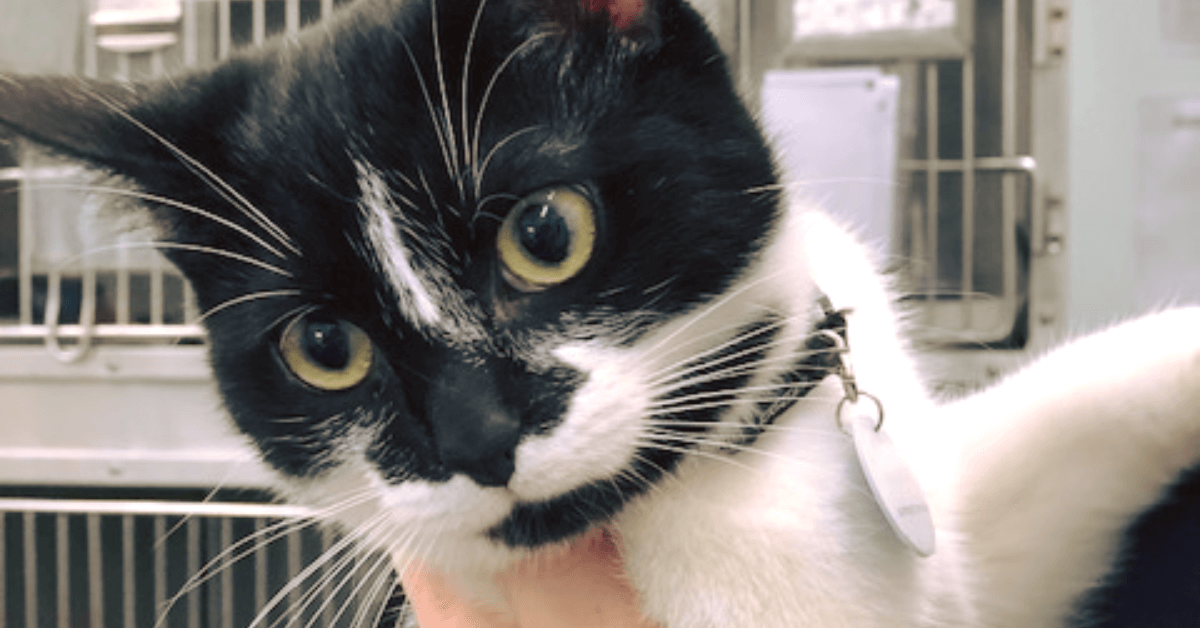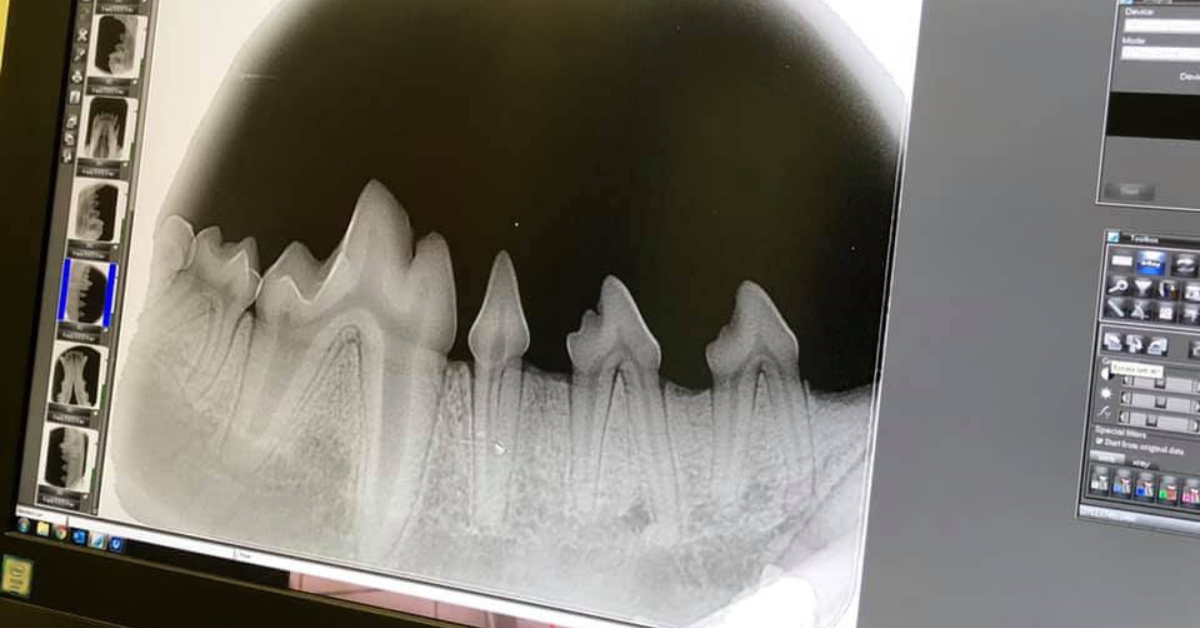LUMPS AND BUMPS REMOVAL IN DOGS
Lumps and bumps are relatively common occurrences in dogs, and they can arise for a variety of reasons. These growths may be benign (non-cancerous) or malignant (cancerous), and their removal may be necessary for both the dog’s health and comfort. It is essential to consult Concord Veterinary Hospital when a lump or bump is discovered on a dog to determine the appropriate course of action.
- Examination and diagnosis: When a lump or bump is found on a dog, a veterinarian will typically perform a thorough examination, which may include palpating the growth and surrounding areas, as well as assessing the dog’s overall health. Diagnostic tests, such as a fine needle aspirate, biopsy, or imaging studies, may be performed to determine the nature of the growth and whether it poses a threat to the dog’s health.
- Treatment options: The treatment plan for lumps and bumps in dogs will depend on the nature of the growth and its location. Benign growths, such as lipomas (fatty tumours) or sebaceous cysts, may not require immediate removal unless they are causing discomfort or interfering with the dog’s mobility or normal function. Malignant growths, on the other hand, often necessitate prompt removal and possibly additional treatment, such as chemotherapy or radiation therapy.
- Surgical removal: The removal of lumps and bumps in dogs typically involves surgery, which may be performed under general or local anaesthesia, depending on the size and location of the growth. The veterinarian will excise the lump or bump, along with a margin of healthy tissue, to ensure complete removal and reduce the risk of recurrence. Stitches or surgical staples may be used to close the incision site, and post-operative care instructions will be provided to ensure proper healing.
- Recovery and follow-up: Following the removal of a lump or bump, the dog will require a period of rest and close monitoring to ensure proper healing and to watch for any signs of infection or complications. Pain management and antibiotics may be prescribed, as well as an Elizabethan collar to prevent the dog from licking or chewing at the incision site. The excised growth will often be sent to a laboratory for histopathology to confirm the diagnosis and to determine if any further treatment is necessary.
- Prevention and monitoring: Regular check-ups with a veterinarian are essential for monitoring a dog’s overall health and detecting any new lumps or bumps early on. Regular grooming and petting can also help identify any unusual growths. In some cases, preventative measures, such as maintaining a healthy diet and weight, can reduce the risk of certain types of growths.
It is crucial to address any lumps or bumps found on a dog promptly, as early detection and treatment can significantly improve the prognosis and quality of life for the affected pet.
OUR OTHER SERVICES
What We Can Offer
Explore Our Veterinary Care Services










